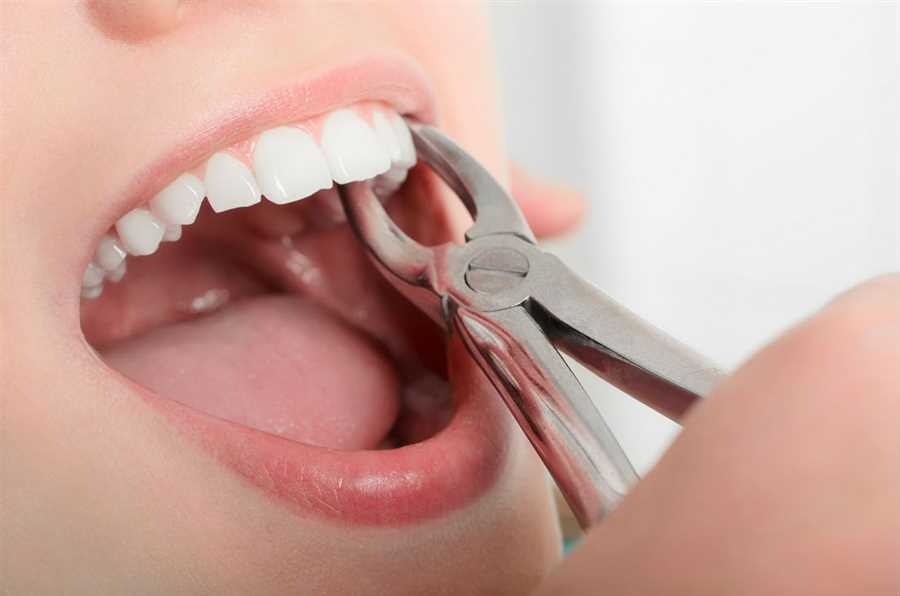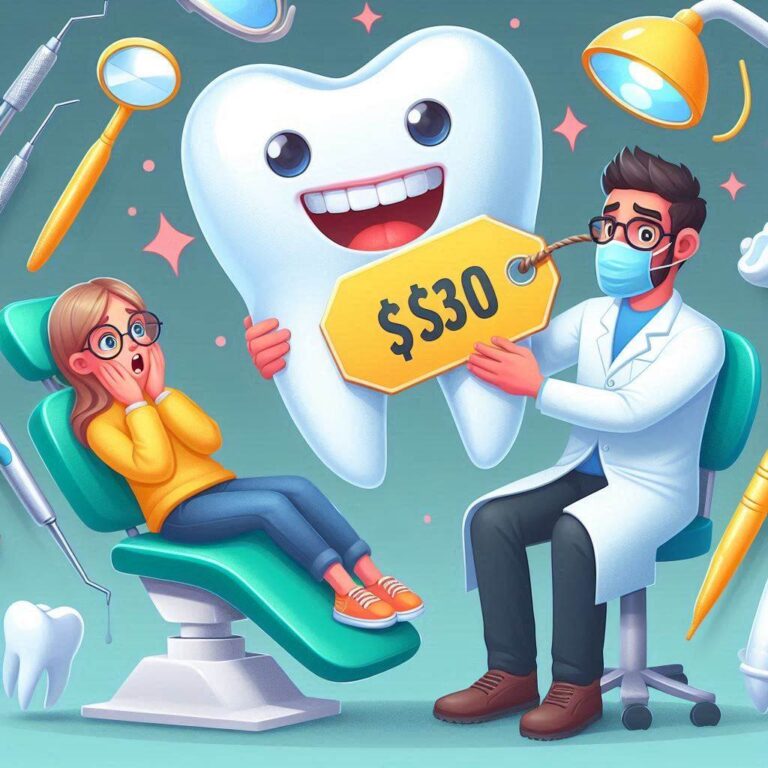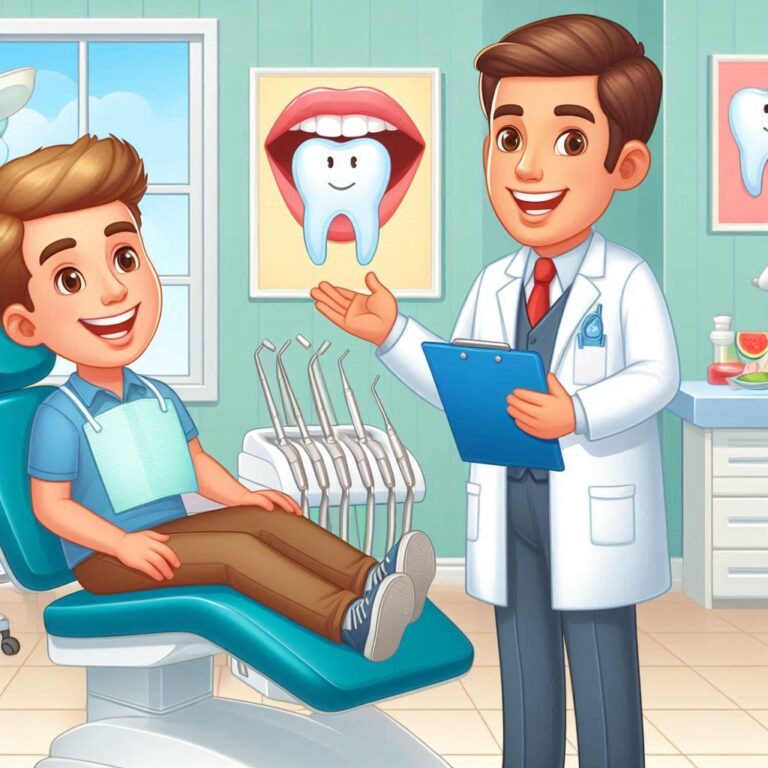Best Tooth Extraction Practices: A Comprehensive Guide
Tooth extraction is a common dental procedure that involves removing a tooth from its socket in the bone. Despite being a routine procedure, many patients feel apprehensive about it. This comprehensive guide aims to demystify the process, offering insights into best practices, preparation, recovery, and advancements in the field of tooth extraction. By the end of this article, you’ll have all the information you need to make informed decisions about your dental care.

Understanding Tooth Extraction
What Is Tooth Extraction?
Tooth extraction refers to the removal of a tooth from its alveolar socket. It is performed by dental professionals when a tooth is damaged beyond repair or poses risks to oral health.
Common Reasons for Tooth Extraction
- Severe tooth decay
- Impacted wisdom teeth
- Orthodontic corrections
- Gum disease
- Fractured teeth
Types of Tooth Extraction
Simple Extraction
This type involves removing a visible tooth and is typically performed under local anesthesia. The procedure is quick and minimally invasive.
Surgical Extraction
Used for teeth that are not easily accessible, such as impacted wisdom teeth. It involves making an incision in the gum and may require removing some bone tissue.
When Is Tooth Extraction Necessary?
Dental Decay and Infection
When decay reaches the pulp and causes an infection that cannot be treated with root canal therapy, extraction may be necessary.
Impacted Teeth
Teeth that fail to erupt properly and remain trapped in the gums can cause pain, infection, and alignment issues.
Overcrowding and Orthodontic Needs
To create space for braces or aligners, one or more teeth may need to be extracted.
Periodontal Diseases
Severe gum disease can weaken the structures supporting the teeth, necessitating extraction.
Trauma or Injury
Teeth damaged beyond repair due to accidents or injuries often require removal.
Preparing for a Tooth Extraction
Initial Consultation
A thorough dental examination, including X-rays, helps the dentist evaluate the tooth’s condition and plan the extraction procedure.
Diagnostic Tools
Modern imaging techniques like CT scans offer detailed insights into the tooth’s position and surrounding bone structure.
Pre-Procedure Instructions
Patients are advised to:
- Avoid eating or drinking for several hours before the procedure.
- Disclose any medications or medical conditions.
The Tooth Extraction Procedure
Step-by-Step Breakdown of Simple Extraction
- Administration of local anesthesia.
- Loosening the tooth using an elevator tool.
- Removing the tooth with forceps.
Step-by-Step Breakdown of Surgical Extraction
- Administration of anesthesia (local or general).
- Making an incision in the gum tissue.
- Removing bone or sectioning the tooth if necessary.
- Extracting the tooth and closing the incision with sutures.
Pain Management and Anesthesia Options
Local Anesthesia
Numbs the extraction site, ensuring a pain-free procedure.
Sedation Techniques
Options include nitrous oxide (laughing gas) and intravenous sedation for relaxation.
General Anesthesia
Used in complex cases or for patients with severe dental anxiety.
Aftercare and Recovery
Managing Pain and Swelling
- Use ice packs to reduce swelling.
- Take prescribed painkillers as directed.
Diet and Nutrition Post-Extraction
- Stick to soft foods like soups, yogurt, and mashed potatoes.
- Avoid hot, spicy, and crunchy foods.
Oral Hygiene Practices
- Rinse gently with a saline solution.
- Avoid brushing near the extraction site for the first 24 hours.
What to Avoid During Recovery
- Smoking or using straws.
- Vigorous physical activities.
Risks and Complications of Tooth Extraction
Dry Socket
Occurs when the blood clot dislodges, exposing the bone and nerves.
Infection
Signs include swelling, fever, and discharge from the extraction site.
Nerve Damage
Rare but possible in complex extractions.
Prolonged Bleeding
Can be managed with gauze and pressure.
Cost of Tooth Extraction
Factors Influencing Cost
- Type of extraction
- Location of the dental clinic
- Use of advanced technologies
Regional Price Variations
Prices can vary significantly between urban and rural areas.
Insurance Coverage
Many insurance plans cover a portion of the cost.
Cost Comparison Table
| Type of Extraction | Estimated Cost Range |
|---|---|
| Simple Extraction | $75 – $200 |
| Surgical Extraction | $150 – $600 |
| Impacted Wisdom Tooth | $225 – $1,000 |
Alternatives to Tooth Extraction
Root Canal Treatment
Preserves the natural tooth by removing infected pulp.
Crowns and Fillings
Repair and restore the tooth’s function and appearance.
How to Choose the Right Dental Professional
Credentials and Expertise
Look for board-certified dentists with experience in tooth extractions.
Clinic Facilities
Ensure the clinic is equipped with modern tools and adheres to hygiene standards.
Patient Reviews
Read online reviews to gauge patient satisfaction.
Future Advances in Tooth Extraction Techniques
Laser-Assisted Extraction
Reduces pain and recovery time by minimizing tissue damage.
Minimally Invasive Methods
Emerging techniques aim to make extractions quicker and less painful.
Frequently Asked Questions (FAQs)
1. How long does it take to recover from a tooth extraction?
Recovery typically takes 7-10 days, but this can vary based on the individual and the complexity of the extraction.
2. Is tooth extraction painful?
The procedure is not painful due to anesthesia, but mild discomfort may occur during recovery.
3. Can I eat after a tooth extraction?
Yes, but stick to soft foods and avoid using the extraction site while chewing.
4. How do I know if I have a dry socket?
Symptoms include severe pain, bad breath, and an empty-looking socket where the tooth was removed.
Conclusion
Tooth extraction is a critical dental procedure that requires careful preparation, skilled execution, and diligent aftercare. By understanding the process and following best practices, patients can ensure a smooth recovery and maintain optimal oral health.
Additional Resources
- American Dental Association
- WebMD: Tooth Extraction
- National Institute of Dental and Craniofacial Research


